Leveraging Mosquito Industry Resources for Community Education
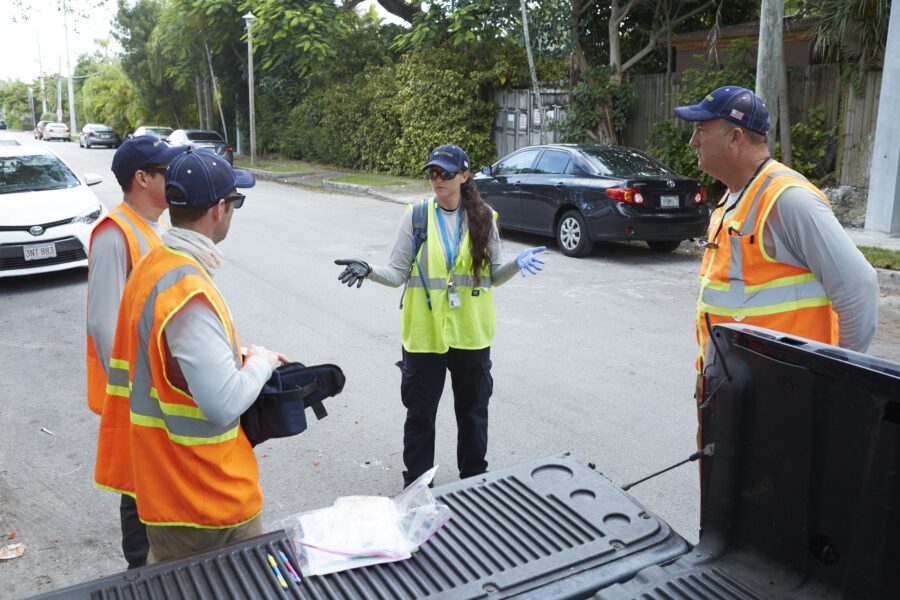

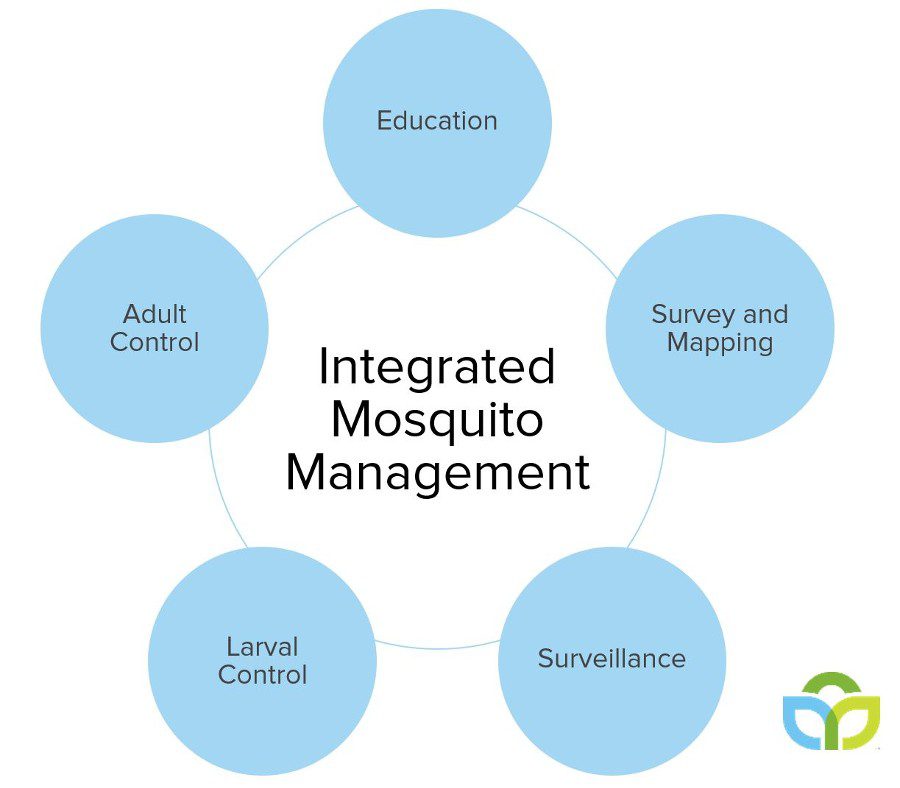 Public health mosquito control programs most often adopt an integrated mosquito management (IMM) approach when it comes to their mosquito abatement strategy. The main components of IMM include surveillance, surveying and mapping, larviciding, adulticiding – and community education. You can learn more about the principles of IMM on Clarke’s training page.
Public health mosquito control programs most often adopt an integrated mosquito management (IMM) approach when it comes to their mosquito abatement strategy. The main components of IMM include surveillance, surveying and mapping, larviciding, adulticiding – and community education. You can learn more about the principles of IMM on Clarke’s training page.
When deploying mosquito control strategies at local, national, and international levels, community education serves as a means to inform residents and communities and strengthen the impact of control efforts. Yet, effectively curating, creating and deploying content can be significant asks for departments that are often resource-strapped and focused on actual mosquito abatement activities.
Luckily, industry partners, including product developers or equipment distributors such as Clarke, can be tapped as valuable resources on product and service content. These partners know everything about the products they develop and commercialize – active ingredients, formulation qualities, environmental impacts, risk assessments and how, when and where they are best suited to work.
As such, a good industry partner should act as a stewardship and communications resource for mosquito control programs’ social and community education activities. The best mosquito control programs’ social and community education activities will likely leverage industry resources for community education, and blend it with hyper-local community information.
Stewardship and communications support is a crucial part of what we provide to customers and is an important way to support making communities around the world more livable, safe, and comfortable. Here are a few ways mosquito control programs can benefit from the technical, operational, and stewardship support resources of industry partners.
Product-related questions can range in complexity, from basic inquiries regarding the active ingredients (AIs) to incredibly nuanced ones, such as the ester differences between synthetic and natural pyrethroids. Most programs probably feel comfortable with their working knowledge of the actives they utilize and can reference labels or product guides to answer more complex questions. However, as new mosquito control modes of action (MOAs) and chemistries come into the market, in-depth information and stewardship training will become essential to community education efforts. And this begins with the product manufacturer.
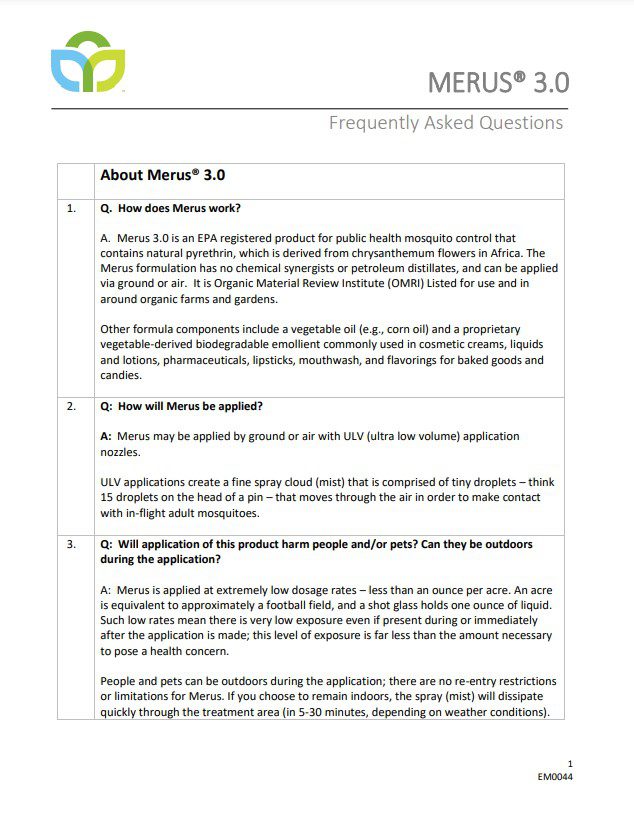 Every manufacturer may approach product information management differently. One of the ways Clarke maintains information that needs to be readily available about our product is through a “living” document of frequently asked questions. This FAQ document is stored and continuously updated on the specific brand or product pages of our website. Clarke provides this live FAQ document so customers can quickly and easily find the answers to their communities’ questions.
Every manufacturer may approach product information management differently. One of the ways Clarke maintains information that needs to be readily available about our product is through a “living” document of frequently asked questions. This FAQ document is stored and continuously updated on the specific brand or product pages of our website. Clarke provides this live FAQ document so customers can quickly and easily find the answers to their communities’ questions.
Communities may also seek clarification or have misconceptions about mosquito control treatment methods – especially if the application method is highly visible. Delivering education on product applications, before and after treatments, can be an effective way to combat these biases.

For example, during the Eastern Equine Encephalitis (EEE) outbreak of 2019 Michigan, Clarke worked to curb the transmission of EEE via an aerial emergency response program. Prior to this outbreak, it had been over four decades since aerial adulticide applications had been used for mosquito control in the state. Upon announcing the program, residents raised concerns and asked for clarifying information about the control practice and product being used. Many assumed that aerial spraying for mosquito control would be similar to aerial agricultural treatments – which is not the case.
While the products used in the aerial applications were not a new MOA or chemistry, the application method and products were new to the impacted communities. To bridge the knowledge gap and support the state’s active communication program around the EEE response effort, Clarke provided educational materials on the science of aerial mosquito control treatments and the product being applied, which was Merus, an OMRI-Listed botanical insectide approved for use in and around organic farms and gardens. These included informative blog posts, key messaging support for state officials leading the media and public relations strategy, and various infographics to address misconceptions and explain the process in detail.
These tools allowed Michigan residents to better understand how aerial mosquito control applications work, and have also been found useful by other customers and mosquito control program representatives who conduct adulticide applications by air.
Those who have worked in this industry for a while agree that questions about the effect of mosquito control applications on pollinators, pets, and human health are practically inevitable. Residents are rightfully concerned about the impact of mosquito control products on themselves, their pets, and their environment, and mosquito control programs should be able to rely on their industry partners for the best resources to address these concerns.
Mosquito control product registrants will already have a lot of information and data on product health and safety topics, as the product registration process involves rigorous testing, data collection and modeling. This testing provides data on their products’ environmental effects, proper application and Personal Safety Equipment needs.
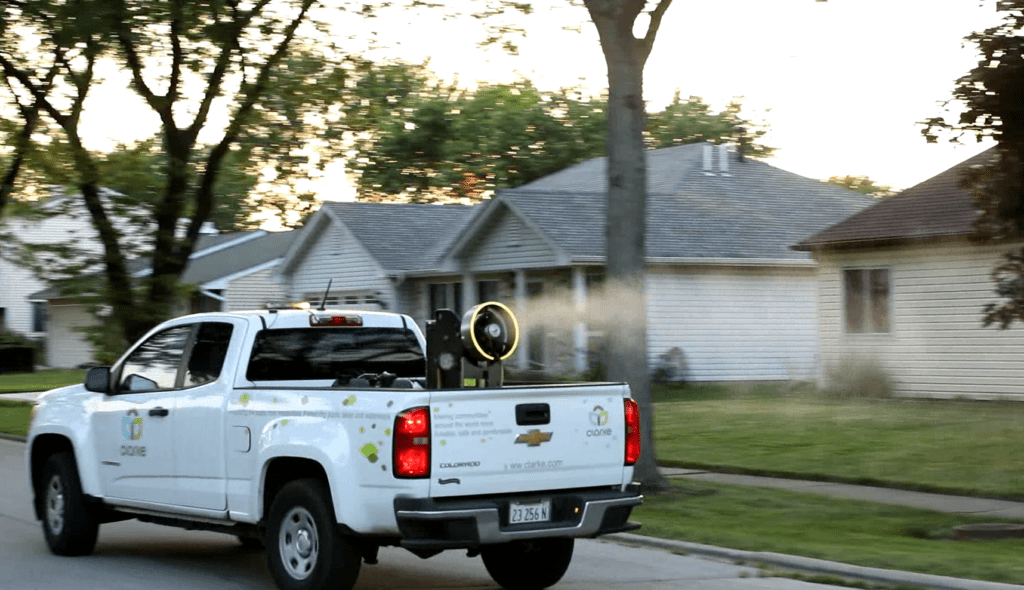
The product registration process also takes in to consideration application impacts on other non-target, living organisms – especially pollinators. Beyond the risk assessment done on specific active ingredients, manufacturers and product registrants may also partner with a private laboratory or academic researcher to investigate the real-world impact of the product formulation. For example, they may research the effects of the mosquito control application on honey bees and other pollinators through hive studies or the use of foliar residues. Based on the research findings, they can then assist customers in managing these products’ use and possible side effects. Because a registrant is responsible for its products’ operational success and market adoption, they should have a vested interest in sharing the relevant information they have to help mitigate any objections or concerns of residents and elevate the overall utility and essentiality of public health mosquito control.
Industry partners like Clarke can also offer communities the best media resources, from pictures and b-roll photography to videos and ready-to-use content. This information may help save programs the extra worry and costs of sourcing their content organically.
In addition to the photos, videos, and infographics that communities can access from product registrants for content creation and training sessions, they may also receive product-specific communication tools from their industry partners. For example, at Clarke, our product toolkits contain basic information and ready to use tools for properly educating a community on a mosquito control application method or product. Mosquito control programs can use the information “as is” or they can modify it to best support their community or other communication efforts.
Physical mosquito population control is a critical part of every mosquito control program. Source reduction – the elimination or permanent removal of water-containing mosquito breeding sites – may involve various activities, depending on the community. It could be as straightforward as “tip and toss” efforts or as complex as environmental remediation projects to fill, grade or drain water-logged depressions or undesirable swampy areas.
More often than not, it’s simply impossible to remove or physically minimize all the mosquito habitats in a community. In these cases, programs may opt to deploy larvicides, which when applied to a water source with active or potential mosquito breeding, prevent mosquito larvae from becoming flying, biting adults. Industry partners can offer guidance on which products are best suited for the environment as well as how and when to use the products for maximum results. This way, communities are more likely to achieve their mosquito control goals.
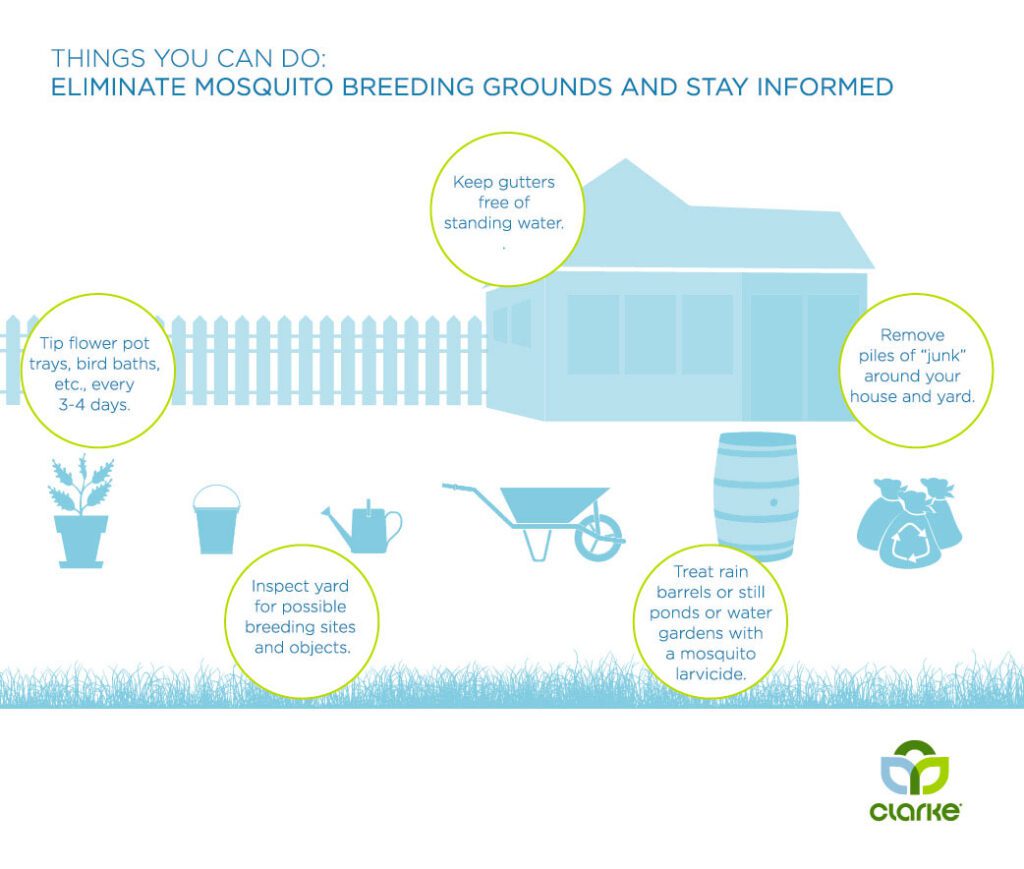
Although mosquito control programs are on the front lines of educating their communities, they shouldn’t do all the heavy lifting on their own. Industry partners like Clarke can and should help create content as sources of information and stewards for their products.